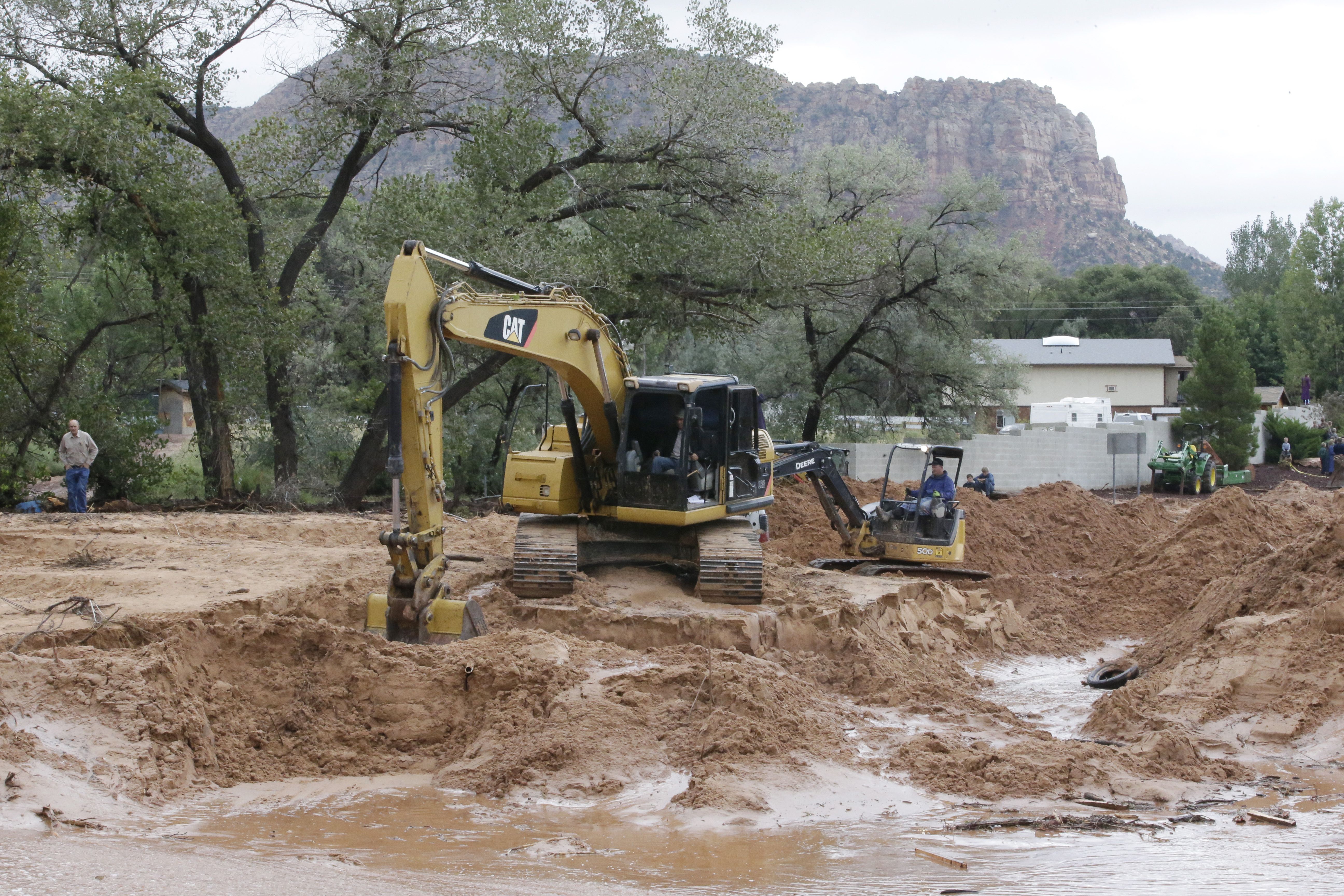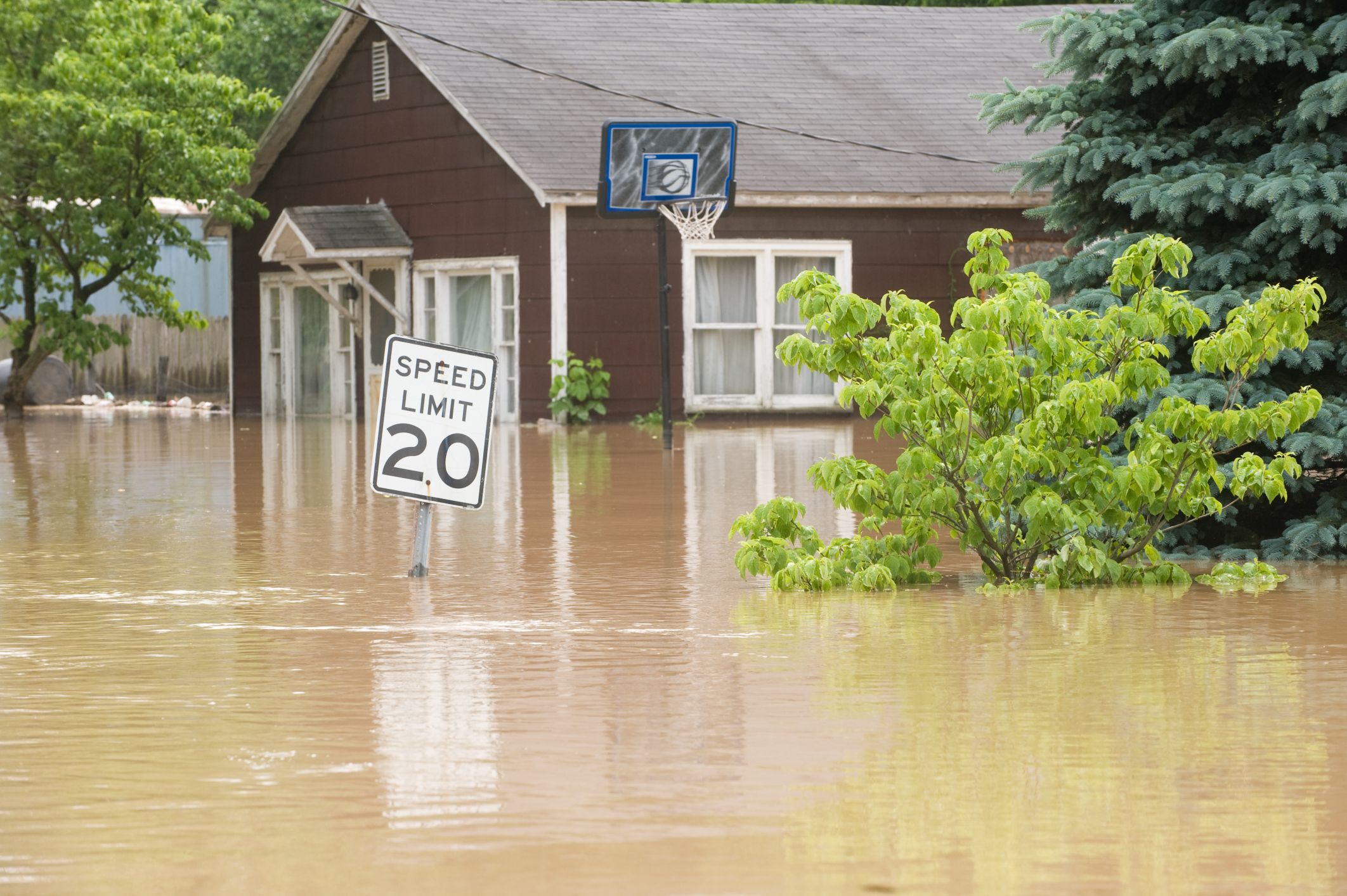Hurricanes remain the costliest natural disasters in the U.S.today, with Katrina ($67.8 billion) topping the list, followed bySandy ($26.4 billion) and Andrew ($25.8 billion).
|The common denominator among these hurricanes: the surprisinglylow numbers of affected property owners covered by flood insurance.
|With only 5% of American homeowners insured through theNational Flood Insurance Program (NFIP), and flashflooding a potential risk everywhere in the U.S., the followinginformation about flood insurance is presented to help insuranceagents become more comfortable with what is admittedly a differentpolicy than what they typically sell on a dailybasis.
Which properties are eligible for the NFIP?
|The property must be located in a "participating community"where the Federal EmergencyManagement Agency (FEMA) has authorized the sale of the NFIP.To participate in the program, a community must undergo anapplication process, which includes adopting local flood plainmanagement regulations, which impose requirements such as standardson new building construction.
|Flood insurance can be written within participating communitiesfor:
- Single family dwellings, condo units and multifamilyhomes.
- Five-or-more family apartment complexes or condominiumassociations.
- Nonresidential businesses, such as mercantile buildings,commercial agriculture, warehouses and hotels.
- Other nonresidential structures, including houses of worship,nonprofit buildings, schools, state and local government buildings,noncommercial farms, garages and club houses.
The definition of flood
|The NFIP policy defines a flood as:
|(1) A general and temporary condition of partial orcomplete inundation of two or more acres of normally dry land areaor of two or more properties (at least one of which is yourproperty) from:
|a) overflow of inland or tidalwaters.
|b) unusual and rapid accumulationor runoff of surface waters from any source.
|c) Or mudflow
|(2) Collapse or subsidence of land along theshore of a lake or similar body of water as a result of erosion orundermining caused by waves or currents of water exceedinganticipated cyclical levels that result in a flood as definedabove.
||
Crews clear mud and debris from a road following a flashflood Tuesday, Sept. 15, 2015, in Colorado City, Ariz. Officialssay the bodies of two people killed in flash flooding in southernUtah were recovered in Arizona about two and a half milesdownstream, while the bodies of six others were recovered in Utah.(Photo: Rick Bowmer/AP Photo)
|Policy exclusions
|The NFIP policy covers direct physical damage from a flood tothe structure and covered contents within the structure.Policyholders should be made aware of the following limitations andexclusions:
- Coverage for basement contents is limited to certain items suchas the furnace, water heater and circuit breaker (improvements suchas finished walls, floors and furnishing are excluded).
- Coverage is excluded for additional living expenses, loss ofrevenue and business interruption; loss of access to the property;and outside property such as trees, septic tanks, fences andswimming pools.
NFIP policy forms
|The Standard Flood Insurance Policy (SFIP) has three forms withthe following coverage limitations:
(1) Dwelling Form (residentialproperties)
|a) Building coverage up to $250,000,paid on a replacement cost basis if at the time of the loss theinsured lived in the home 80% of the time and the structure wasinsured for at least 80% of the replacement value, otherwise claimsettled on actual cash value (ACV) basis.
|b) Contents up to $100,000, paid on anACV basis.
|(2) General Property Form (commercialproperties)
|a) Building coverage up to $500,000,paid on an ACV basis.
|b) Contents up to $500,000, paid onACV basis.
|(3) Residential Condominium BuildingAssociation Policy
|a) Building coverage limited to$250,000 multiplied by the number of units in the structure or thereplacement cost (whichever is lesser); contains an 80% coinsuranceclause.
|b) Contents up to $100,000 forcommonly-owned association contents, paid on ACV basis.
||
(Photo: Thinkstock)
|Elevation maps and flood zones
|One of the key factors that help determine a NFIP floodinsurance rate is the flood "zone" where the property is located.Flood insurance rating engines allow agents to quickly determinethe zone, as well as provide additional information such as thedate the community joined the program and the prior flood zone (ifthere had been a flood map change).
|Areas are divided into:
|Special Flood Hazard Area (SFHA)
- SFHAs have a 1% chance of flooding in any given year.
- V zones (stands for velocity) are typically along waterfrontareas and may generate the highest flood insurance premiums.
- A zones (stands for accumulation) are generally off waterfrontareas, but still at high risk of flooding.
Non-Special Flood Hazard Area (NSFHA)
- Properties in B, C, D and X zones are consideredlow-to-moderate risk areas.
- These properties have a 0.2% chance of flooding annually andmay receive reduced rates.
- According to the NFIP, 20% of all flood insurance claims occurin moderate-to-low risk areas.
Pre- and post-FIRM structures
|Buildings covered by flood insurance are often referred to asPre- or Post-FIRM. A building’s classification has an impact on itsrates.
- Pre-FIRM structures were constructed before theeffective date of the first Flood Insurance Rate Map (FIRM) for acommunity. These buildings were built before detailed flood dataand flood elevations were provided to the community and thereforenot constructed with flood protection in mind. Often, they areeligible to receive "subsidized" rates.
- Post-FIRM structures were constructed or substantiallyimproved after the issuance of a community’s first flood map. Thesestructures must comply with FEMA’s flood plain managementrequirements for the community.
Agents can access these resources below for additionalinformation:
- NFIP Policy Forms: View orprint the three policy forms discussed in this article.
- NFIP Summary of Coverage:Easy-to-read guide about the Dwelling Form, what it covers,exclusions and how damaged items are valued at the time of aloss.
- NFIP Community Status Book: Alisting of communities participating in the NFIP.
- NFIP Flood Definitions: Alisting of terms and acronyms commonly used by the NFIP.
- Flood Map Service Center:FEMA’s online map service for looking up property flood zones.
- FloodSmart: Agent and consumer floodinsurance news and resources.
- FloodTools: Visual flood maps, losscalculators, claimant videos and educational materials.
- NFIP Training & Workshops:Online tutorials for agents.
- iService: Register to receive newsbulletins from the NFIP.
Paula M. Keith, CPIW, is a WYO client relations director atAonNational Flood Services. Contact her at [email protected].
|Related: How insurance agents can counsel clients after aflood
Want to continue reading?
Become a Free PropertyCasualty360 Digital Reader
Your access to unlimited PropertyCasualty360 content isn’t changing.
Once you are an ALM digital member, you’ll receive:
- All PropertyCasualty360.com news coverage, best practices, and in-depth analysis.
- Educational webcasts, resources from industry leaders, and informative newsletters.
- Other award-winning websites including BenefitsPRO.com and ThinkAdvisor.com.
Already have an account? Sign In
© 2024 ALM Global, LLC, All Rights Reserved. Request academic re-use from www.copyright.com. All other uses, submit a request to [email protected]. For more information visit Asset & Logo Licensing.








